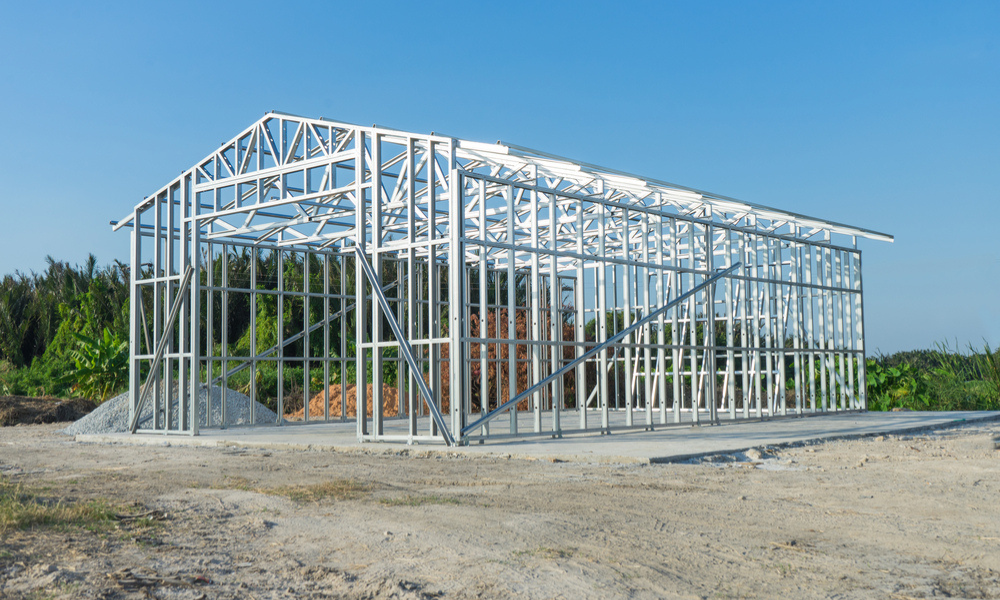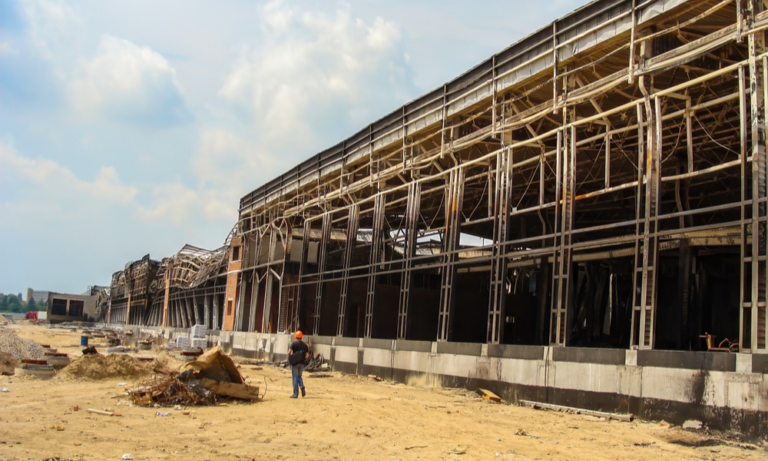Estimated reading time: 6 minutes
When planning a construction project, one of the most important decisions you’ll face is choosing the material for your building’s frame. The frame forms the skeleton of the structure, ensuring its stability, durability, and longevity. Deciding between wood and steel for your project is more than just a technical choice; it’s about finding what aligns with your priorities, be it cost, sustainability, or structural requirements. Having worked on countless projects, I’ve seen how these materials perform in real-world applications, and I’m here to help you weigh your options.
What You’ll Learn
The benefits and challenges of using wood for structural support.
The strengths and potential drawbacks of choosing steel as a framing material.
Practical factors that can help you determine the right option for your project.
Real-world insights into where each material shines.
Why Wood Has Been a Trusted Option for Centuries

Wood has been the backbone (pun intended) of construction for centuries. Its natural availability, workability, and warmth make it an enduring favorite, particularly in residential projects.
The Upsides of Using Wood
Cost-Effective for Smaller Builds: Timber is often more affordable than metal for smaller-scale projects like homes or cabins. Its lower upfront cost can make it an attractive option if you’re managing a tight budget.
Easy to Work With: Wood can be cut, shaped, and joined using simple tools. This makes it ideal for projects requiring customizations or on-site modifications.
Natural Insulation: Wood helps retain heat, making it a great choice in colder climates or where energy efficiency is a priority.
Widely Available: Lumber is easy to source, which means fewer delays in the supply chain.
Challenges of Wood
Susceptible to Damage: Timber structures can be vulnerable to pests, rot, and moisture. Without proper treatment, wood may deteriorate over time.
Fire Hazard: Wood is flammable, which could lead to higher insurance costs for homeowners or property managers.
Movement Over Time: Timber tends to warp or shrink as it dries out, potentially leading to structural issues.
If you’re leaning toward wood, understanding how to maintain it is essential. Check out my guide on repairing and replacing house framing to keep your structure in top shape.
Steel: The Modern Marvel
Steel has become a preferred material for larger, more complex structures. It’s known for its unparalleled strength and adaptability, especially in commercial construction.
The Advantages of Steel
Strength and Durability: Metal frames don’t shrink, warp, or twist over time, ensuring a sturdy and reliable structure.
Fire and Pest Resistant: Steel isn’t flammable and won’t be attacked by termites or other pests. This provides peace of mind and lowers long-term maintenance costs.
Recyclable and Sustainable: Steel can be recycled without losing its structural integrity, making it an eco-conscious option for modern builders.
Reduced Insurance Costs: The safety benefits of steel, such as its resistance to fire, often translate into lower insurance premiums.
Potential Drawbacks
Higher Initial Investment: While steel can save money over time, the upfront costs are typically higher than wood.
Specialized Labor Required: Working with steel often requires trained professionals and specific tools, which can increase labor costs.
Conducts Heat and Cold: Without proper insulation, steel framing can contribute to heat loss or gain, potentially affecting energy efficiency.
For more ways to make your construction project energy-efficient, take a look at my tips on boosting energy efficiency with framing.
Factors to Consider Before Choosing

Choosing between these two materials isn’t just about the materials themselves; it’s about how they align with your specific project needs. Here are some questions I recommend asking:
1. What’s Your Project Type?
For residential homes, wood may be the better choice due to its affordability and insulation properties.
For commercial buildings, steel is often preferred for its strength and ability to handle large loads.
2. How Much Are You Willing to Spend?
If your priority is saving on initial costs, wood might be the winner.
However, for long-term durability and fewer maintenance headaches, investing in steel could be worth it.
To understand more about how costs vary, check out my detailed guide on framing costs explained.
3. What Are the Environmental Conditions?
In areas prone to humidity, pests, or wildfires, steel’s resistance to these elements makes it a standout choice.
On the other hand, wood’s natural properties can be a benefit in regions with milder climates.
4. Is Sustainability a Priority?
Both materials have their merits here. Wood, when responsibly sourced, is renewable. Steel, while energy-intensive to produce, can be recycled almost indefinitely.
Real-World Applications: Where They Shine
Wood Framing Success Stories
Imagine building a cozy family home in a suburban neighborhood. Wood is the perfect choice here, offering affordability and a warm, natural aesthetic. Its versatility also makes it great for unique architectural designs.
Steel Framing in Action
Think of high-rise buildings or industrial warehouses. Steel is unmatched in these scenarios, thanks to its strength and ability to span large distances without compromising structural integrity. It’s also becoming a popular choice in prefab homes due to its lightweight and precision-engineered components.
Practical Tips for Decision-Making
Here’s a practical approach to choosing your framing material:
Consult a Contractor: A professional can help you assess your needs and recommend the best material. (Learn how to find the right expert here).
Evaluate Long-Term Costs: Don’t just look at upfront prices. Consider maintenance, insurance, and the lifespan of the material.
Think About Design Flexibility: While both materials offer design options, steel often works better for complex architectural ideas.
Conclusion
Choosing between wood and steel isn’t a matter of which material is better; it’s about what works best for your project. Wood offers cost-efficiency and natural insulation, while steel brings unmatched strength and durability. The key is to align the material with your project’s size, location, and long-term goals.
If you’re still undecided, reach out for professional guidance. Trust me—starting your project on a strong (and well-chosen) foundation makes all the difference.
Got questions? Drop me a message, and let’s build something great together!



